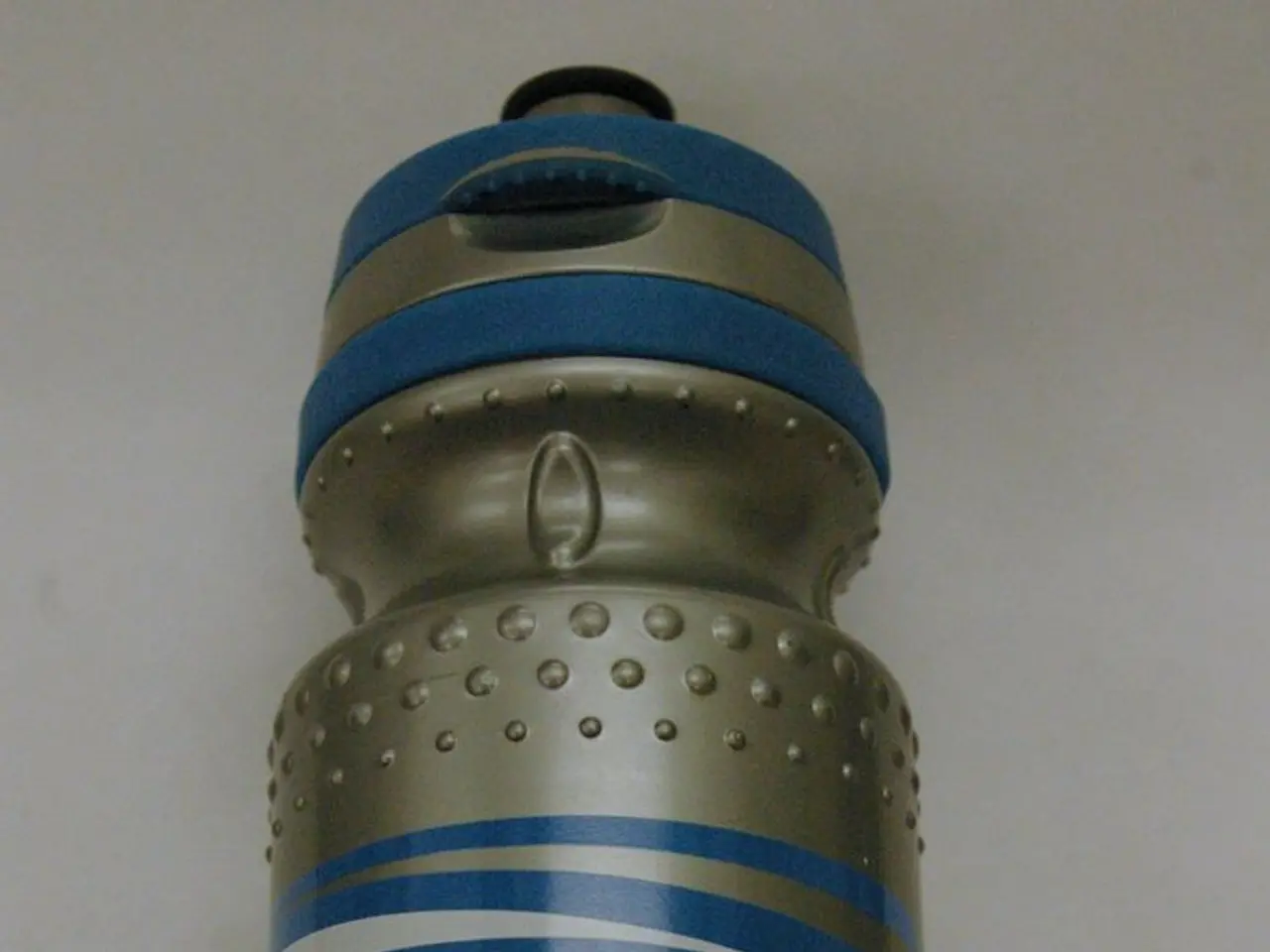Genetic Struggle May Enhance Cancer Treatment Processes
In a groundbreaking study, researchers have uncovered a potential mechanism that could influence the response of myelodysplastic syndromes (MDS) and acute myeloid leukemia (AML) to the chemotherapy drug decitabine. The study, led by Dr. Patrick Murphy, focuses on the histone variant H2A.Z and its binding to non-coding DNA regions, known as "junk DNA."
H2A.Z is a type of histone-a protein that DNA wraps around. Its dynamic placement at non-coding regions, previously considered insignificant, is believed to play a crucial role in modulating the epigenetic landscape. This placement can potentially reset chromatin in a way that modulates gene activation or repression, impacting gene expression programs relevant to MDS and AML pathogenesis.
Decitabine is a DNA hypomethylating agent that targets aberrant DNA methylation, a key epigenetic alteration in MDS and AML. The interplay between H2A.Z and non-coding DNA might influence how cells respond to decitabine. For instance, H2A.Z incorporation makes chromatin more dynamic and flexible, increasing nucleosome repositioning and modulating local chromatin accessibility. This plasticity could affect how effectively decitabine induces hypomethylation and reactivates silenced tumor suppressor genes or other regulatory elements.
Moreover, H2A.Z binding to non-coding DNA could potentially reduce repressive chromatin states, enhancing the cellular response to decitabine. Additionally, H2A.Z marks regions involved in epigenetic resetting, which are relevant to cell differentiation. Its presence at non-coding DNA could alter the epigenetic cues that determine leukemia stem cell differentiation or survival, thereby influencing decitabine sensitivity or resistance.
While direct studies specifically linking H2A.Z, junk DNA, and decitabine response in MDS/AML are limited, the molecular insights into H2A.Z's function provide a strong mechanistic basis for its impact on epigenetic therapies in these diseases. The study identifies critical vulnerabilities that could be taken advantage of to improve future cancer therapeutics.
The findings could potentially be used alongside personalized medicine diagnostics to classify patients based on the amount of H2A.Z in their tumor, determining the effectiveness of decitabine therapy. Further research is needed to confirm if this mechanism happens in humans and to understand how junk DNA sequences are able to hijack H2A.Z.
The study also sheds light on the genomic tug of war involving H2A.Z and different regions of DNA. For example, a toxic chemical, TDCIPP, causes H2A.Z to shift from coding to non-coding DNA regions, reducing gene expression and disrupting embryo development. Conversely, decitabine draws H2A.Z towards non-coding regions of DNA in zebrafish embryos, reactivating them and curtailing gene expression.
Intriguingly, embryos with high levels of H2A.Z were able to maintain both coding and non-coding DNA binding and develop normally, even when exposed to decitabine or TDCIPP. This suggests that the balance of H2A.Z could be a critical factor in determining the response to these chemicals.
The study, funded by the Environmental Health Science Center, could potentially have implications for understanding the effects of toxic chemicals on development and cancer. Dr. Murphy and his team will soon study this mechanism in mouse embryonic stem cells, making the jump into mammals.
In conclusion, the study provides compelling evidence that H2A.Z binding at non-coding DNA regions regulates chromatin structure and epigenetic states, which can modulate gene expression programs relevant to MDS and AML pathogenesis and potentially affect the therapeutic efficacy of decitabine. Understanding this mechanism could pave the way for improved cancer treatments and personalized medicine strategies.
Science reveals that H2A.Z, a histone protein, binds to non-coding DNA regions, previously regarded as 'junk DNA.' This binding is believed to impact gene expression programs relevant to medical conditions like myelodysplastic syndromes (MDS) and acute myeloid leukemia (AML), potentially influencing how cells respond to chemotherapy drugs, such as decitabine, which are commonly used in health-and-wellness practices to manage these conditions.




